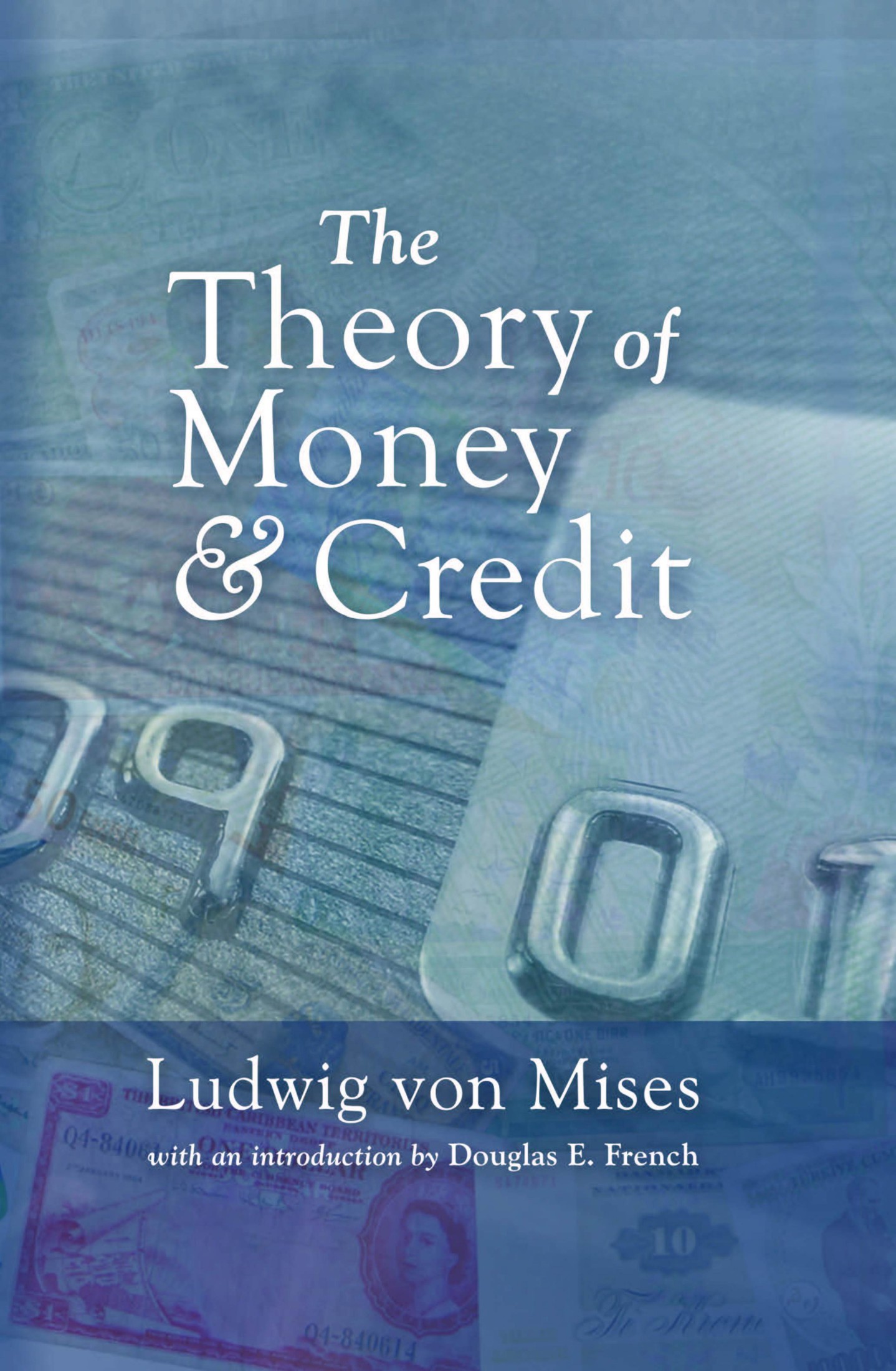The Theory of Money and Credit by von Mises Ludwig

Author:von Mises, Ludwig
Language: eng
Format: mobi
Publisher: Signalman Publishing
Published: 2008-09-27T16:00:00+00:00
Part Three: Money and Banking
Chapter 15. The Business of Banking
1. Types of Banking Activity. 2. The Banks as Negotiators of Credit. 3. The Banks as Issuers of Fiduciary Media. 4. Deposits as the Origin of Circulation Credit. 5. The Granting of Circulation Credit. 6. Fiduciary Media and the Nature of Indirect Exchange
1 Types of Banking Activity
The business of banking falls into two distinct branches: the negotiation of credit through the loan of other people's money and the granting of credit through the issue of fiduciary media, that is, notes and bank balances that are not covered by money. Both branches of business have always been closely connected. They have grown up on a common historical soil, and nowadays are still often carried on together by the same firm. This connection cannot be ascribed to merely external and accidental factors; it is founded on the peculiar nature of fiduciary media, and on the historical development of the business of banking. Nevertheless, the two kinds of activity must be kept strictly apart in economic theory; for only by considering each of them separately is it possible to understand their nature and functions. The unsatisfactory results of previous investigations into the theory of banking are primarily attributable to inadequate consideration of the fundamental difference between them.
Modern banks, beside their banking activities proper, carry on various other more or less closely related branches of business. There is, for example, the business of exchanging money, on the basis of which the beginnings of the banking system in the Middle Ages were developed, and to which the bill of exchange, one of the most important instruments of banking activity, owes its origin. Banks still carry on this business nowadays, but so do exchange bureaus, which perform no banking functions; and these also devote themselves to such business as the purchase and sale of securities.
The banks have also taken over a number of functions connected with the general management of the property of their customers. They accept and look after securities as "open" deposits, detach interest and dividend coupons as they fall due, and receive the sums concerned. They superintend the allotment of shares, attend to the renewal of coupon sheets, and see to other similar matters. They carry out stock exchange dealings for their customers and also the purchase and sale of securities that are not quoted on the exchange. They let out strong rooms which are used for the secure disposal of articles of value under the customer's seal. All of these activities, whatever their bearing in individual cases upon the profitability of the whole undertaking, and however great their economic significance for the community as a whole, yet have no inherent connection with banking proper as we have defined it above.
The connection between banking proper and the business of speculation and flotation is similarly loose and superficial. This is the branch of their activities on which the general economic importance of the banks nowadays depends, and by means of which on the continent of
Download
This site does not store any files on its server. We only index and link to content provided by other sites. Please contact the content providers to delete copyright contents if any and email us, we'll remove relevant links or contents immediately.
International Integration of the Brazilian Economy by Elias C. Grivoyannis(99034)
The Radium Girls by Kate Moore(11975)
Turbulence by E. J. Noyes(7980)
Nudge - Improving Decisions about Health, Wealth, and Happiness by Thaler Sunstein(7659)
The Black Swan by Nassim Nicholas Taleb(7058)
Rich Dad Poor Dad by Robert T. Kiyosaki(6514)
Pioneering Portfolio Management by David F. Swensen(6257)
Man-made Catastrophes and Risk Information Concealment by Dmitry Chernov & Didier Sornette(5957)
Zero to One by Peter Thiel(5735)
Secrecy World by Jake Bernstein(4701)
Millionaire: The Philanderer, Gambler, and Duelist Who Invented Modern Finance by Janet Gleeson(4425)
The Age of Surveillance Capitalism by Shoshana Zuboff(4247)
Skin in the Game by Nassim Nicholas Taleb(4205)
Bullshit Jobs by David Graeber(4141)
The Money Culture by Michael Lewis(4135)
Skin in the Game: Hidden Asymmetries in Daily Life by Nassim Nicholas Taleb(3962)
The Dhandho Investor by Mohnish Pabrai(3725)
The Wisdom of Finance by Mihir Desai(3696)
Blockchain Basics by Daniel Drescher(3541)
